The Highest Point in Ulster in the Bleak Mid-Winter
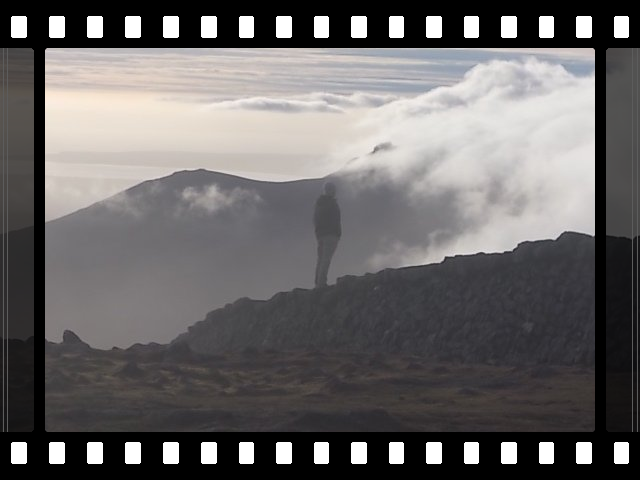
There stands a man on the Mourne wall on the slopes of the highest mountain in Ulster, Slieve Donard (850m). It is mid-afternoon on the 29th of December 2018. The two lads, E and I are at the summit enjoying 360 views. The Mournes are a stunning and compact highland range with 12 mountains over 600 metres in height and many smaller hills. The juxtaposition of the granite mountains and the Irish Sea was celebrated in song by the 19th century Irish composer Percy French in his most famous ballad, "The Mountains of Mourne".
We had crossed the pre-Brexit soft border on St Stephen's Day for a six night stay in the pretty and uber-friendly Rostrevor. The 5 days' hiking included hill walking (Slieve Donard, Slieve Martin/Knockshee and Slieve Binnian) and a couple of less strenuous hikes in the excellent forest parks of Tollymore and Castlewellan.
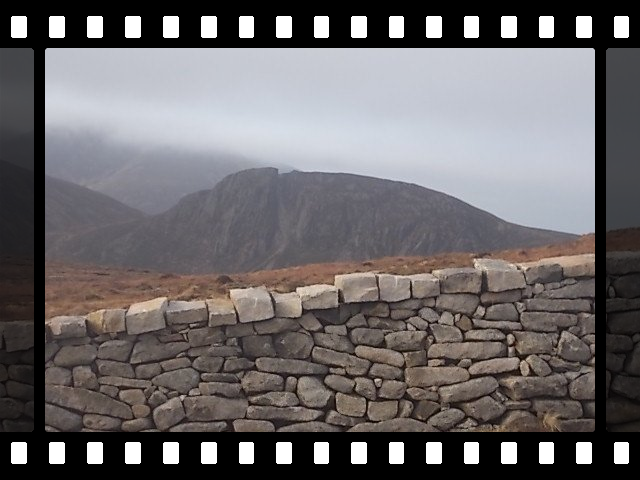
The Mourne Wall is a staggering 35 kilometres long and crosses fifteen mountains in the Mournes. The wall dimensions are equally impressive - average height is 1.5 metres and average thickness is from 0.8m to 0.9m. The wall was built between 1904 and 1922 in order to enclose the Silent Valley reservoir. The reservoir itself was designed to provide water supply to Belfast city. The wall excloses livestock which otherwise would have polluted the water. Modern-day treatment techniques mean that monumental efforts to distance cattle and sheep from water supply are no longer required.
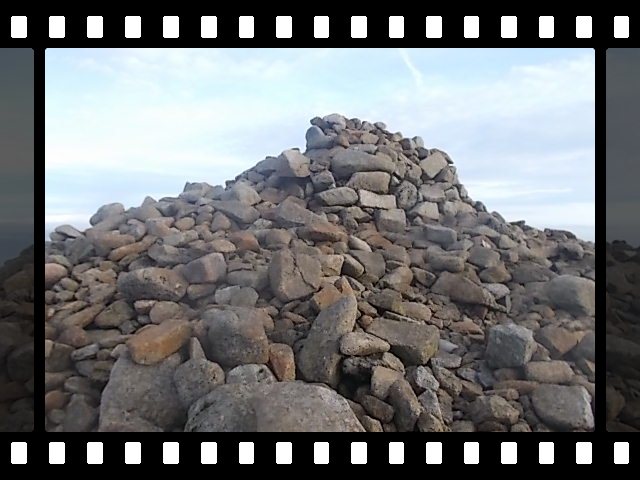
Donard is crowned by a Stone Age ( c.
4000 - 2400 BC) cairn which may house a passage tomb - an example of the megalithic culture of prehistoric ranchers in north-west Europe who placed the bones of their special dead in big stone structures. The cairns also functioned as temples where the living practised religion and ritual.
There is a Bronze Age( c.
2400 - 600 BC) cairn a couple of hundred metres north-east of the passage tomb. It overlooks the coastal town of Newcastle.
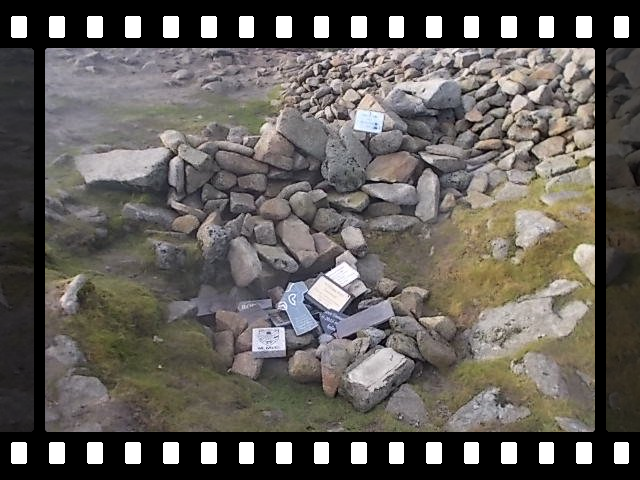
Donard is an anglicisation of Domhangart. The monk Domhangart is said to have been blessed by Patrick . He is one of a canon of about one thousand Early Medieval (c. 400 - late twelfth c. AD) Irish saints. Donard built a cell in the Neolithic passage tomb and an oratory in the Bronze Age cairn. There is a plethora of modern day offerings at the passage tomb and almost all of them are to be found in the Saint's cell. The offerings seem mainly to honour the memory of people who have passed away. In a way it is apposite that a sacred monument, prehistoric in origin, is still being interacted with somewhat for spiritual reasons.
I have now broken with a long-held tradition by blogging about a region in the east of Ireland. I will make an exception any day for the majestic Mournes.
Finally, the term "bleak mid-winter" was a slight exaggeration. The day time temperatures in the Mourne Kingdom were an unseasonal average of 12 Celsius.....and dry. The venal highlight of the stay was the glorious artisan ice-cream parlours in pretty villages and towns like Newcastle, Castlewellan and Rostrevor. Got to go back!
A Happy 2019 to one and all. Slán.
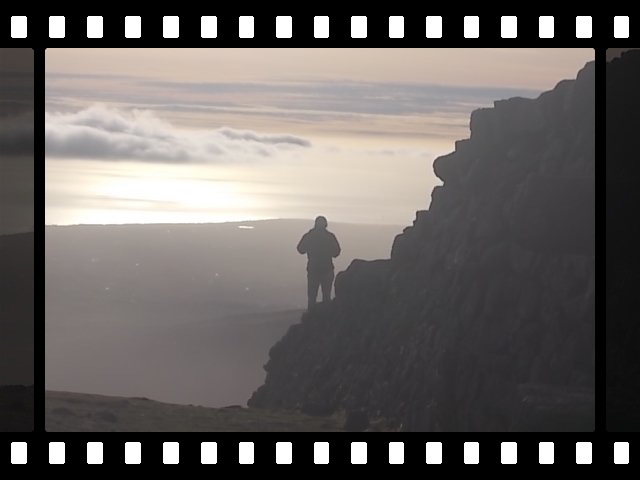
FOOTNOTES
1. We stayed in self-catering c/o Rostrevor Holidays, Kilbroney. A couple of kilometres north of Rostrevor. Very well appointed. Reasonably priced. Great welcome.
2. Sam Moore of Sligo Institute of Technology has written an excellent book about the mountain. "The Archaeology of Slieve Donard : A Cultural Biography of Ulster's Highest Mountain, Down County Museum, 2012". The book is available for purchase from Down County Museum. Alternatively it can be accessed free of charge through the website www.academia.edu
3. Missed out on Fearon's pub in Rostrevor aka Henry's. By all accounts it is a bar with real soul. Next time round!



